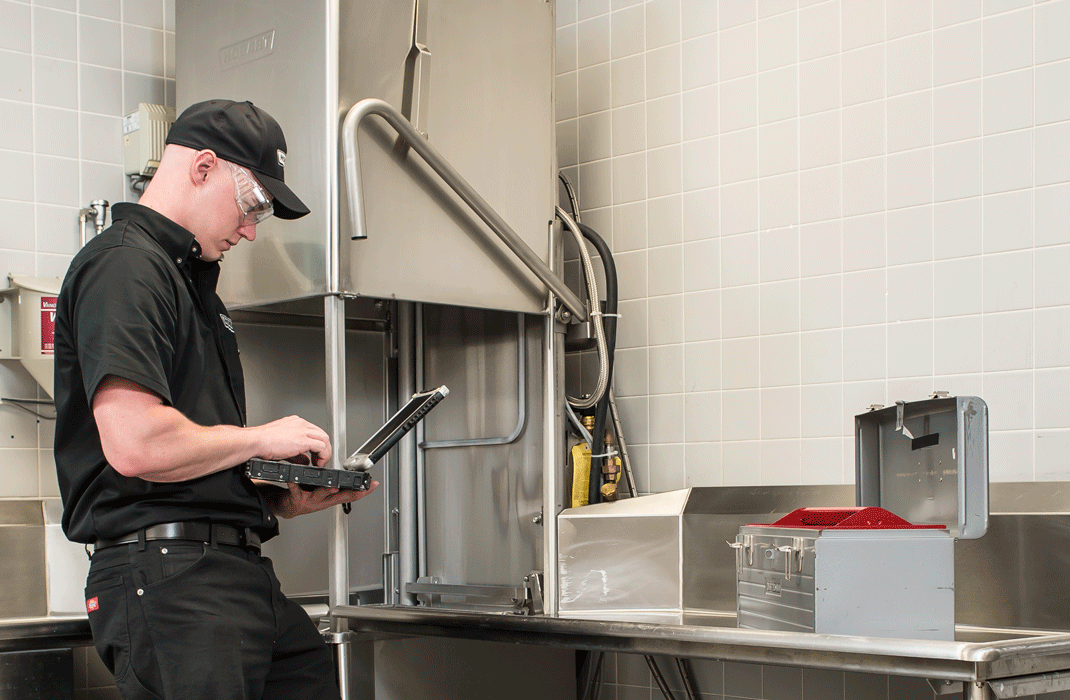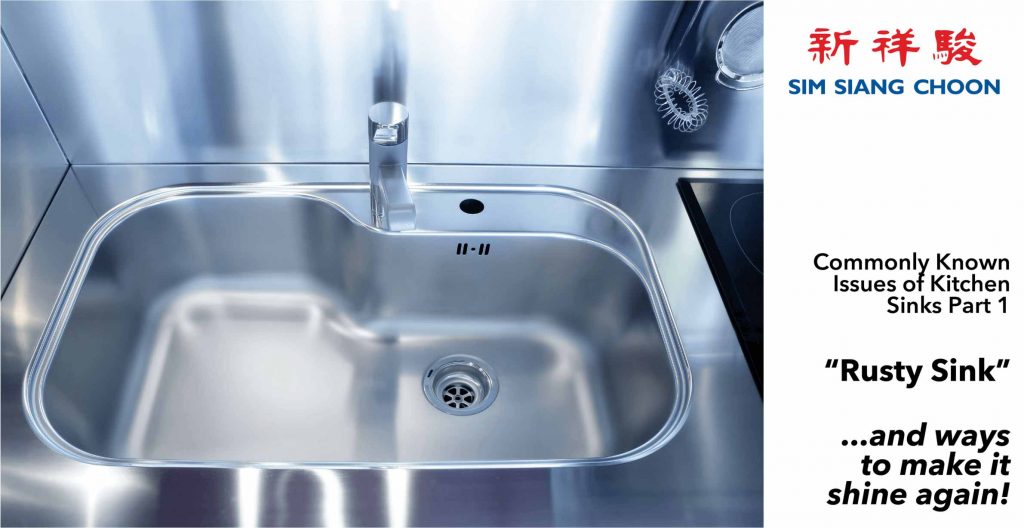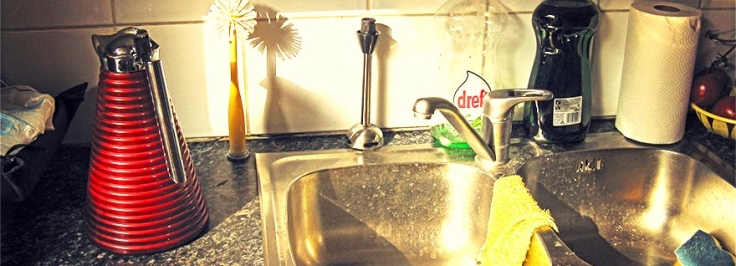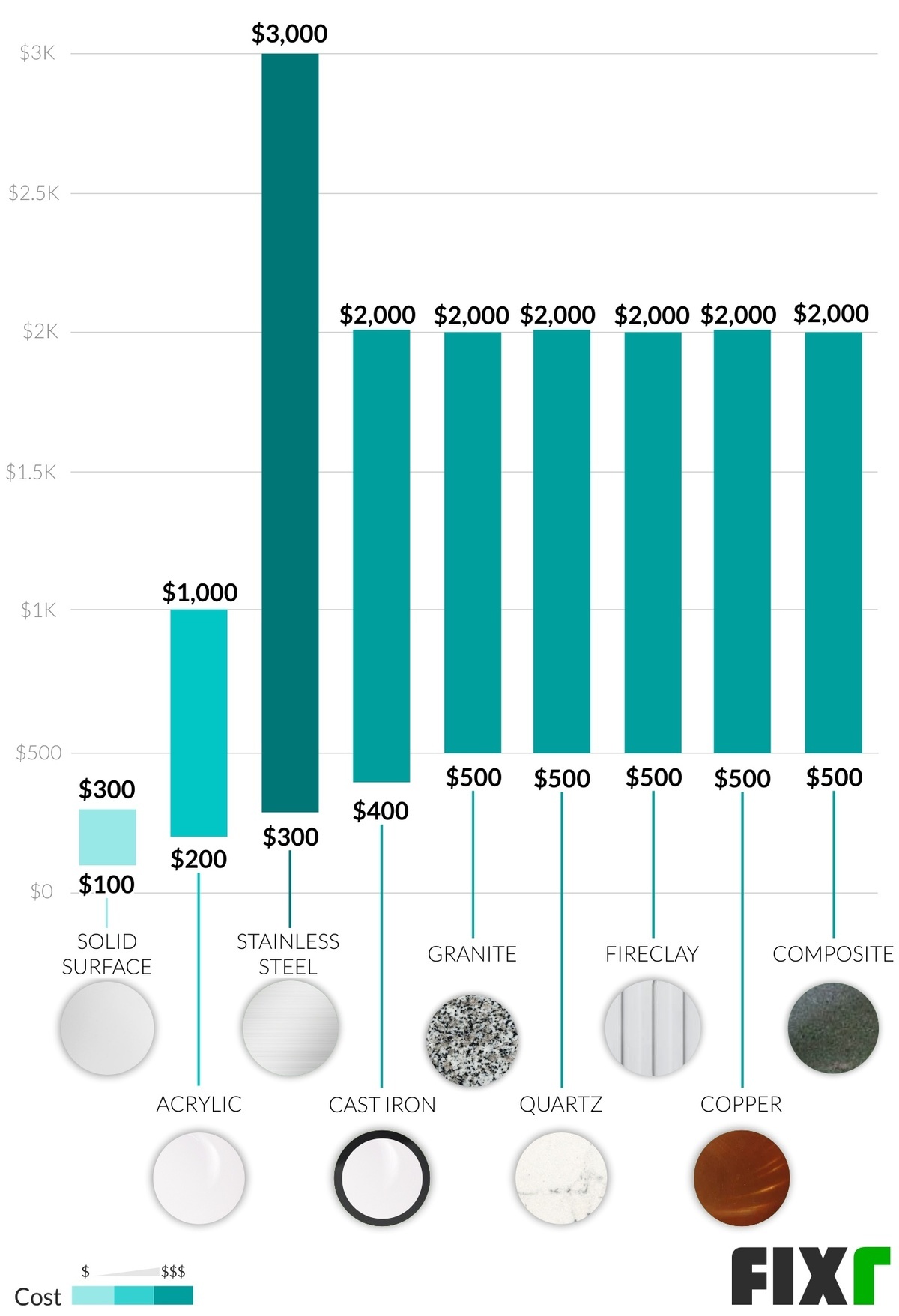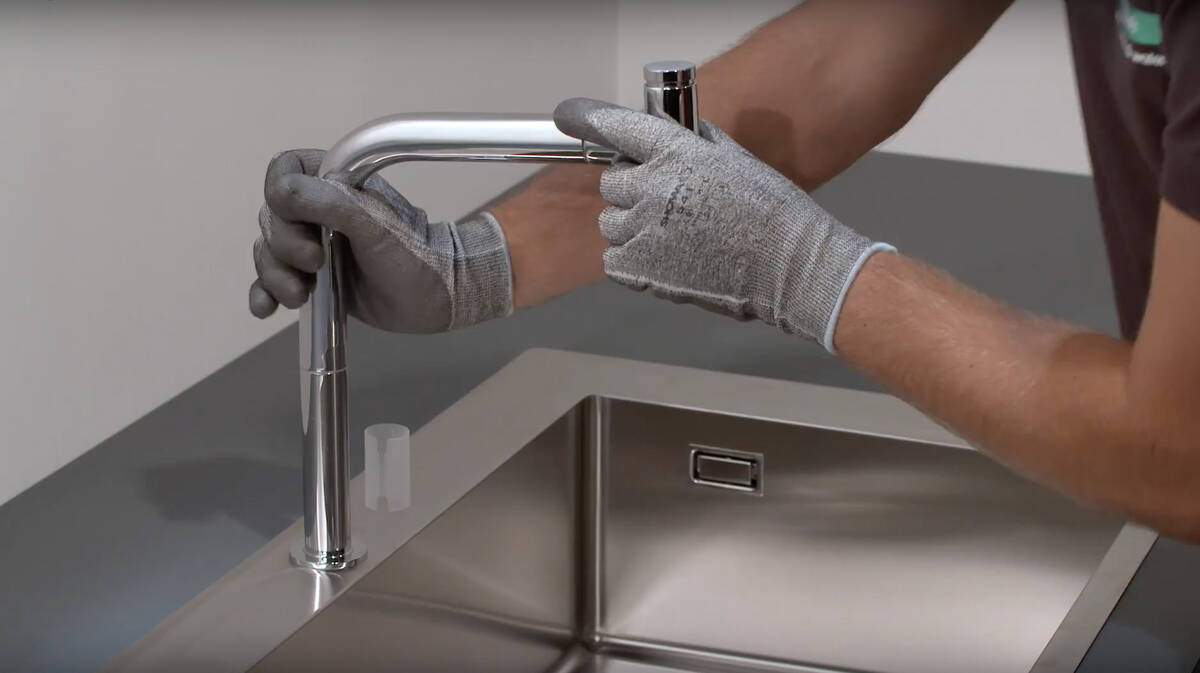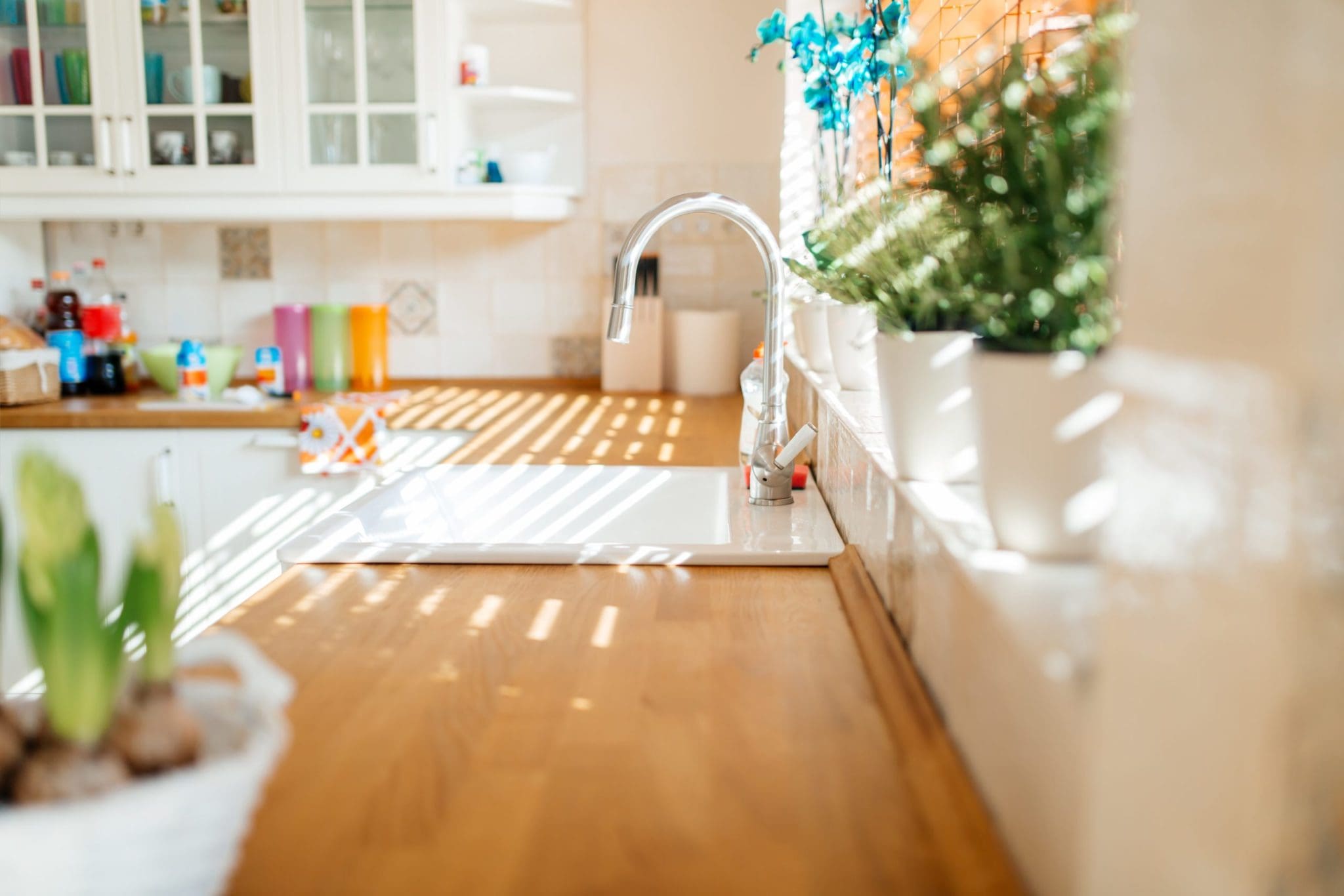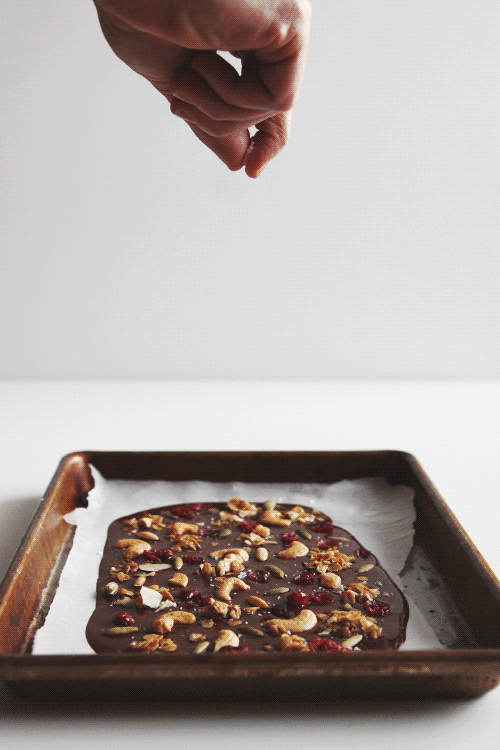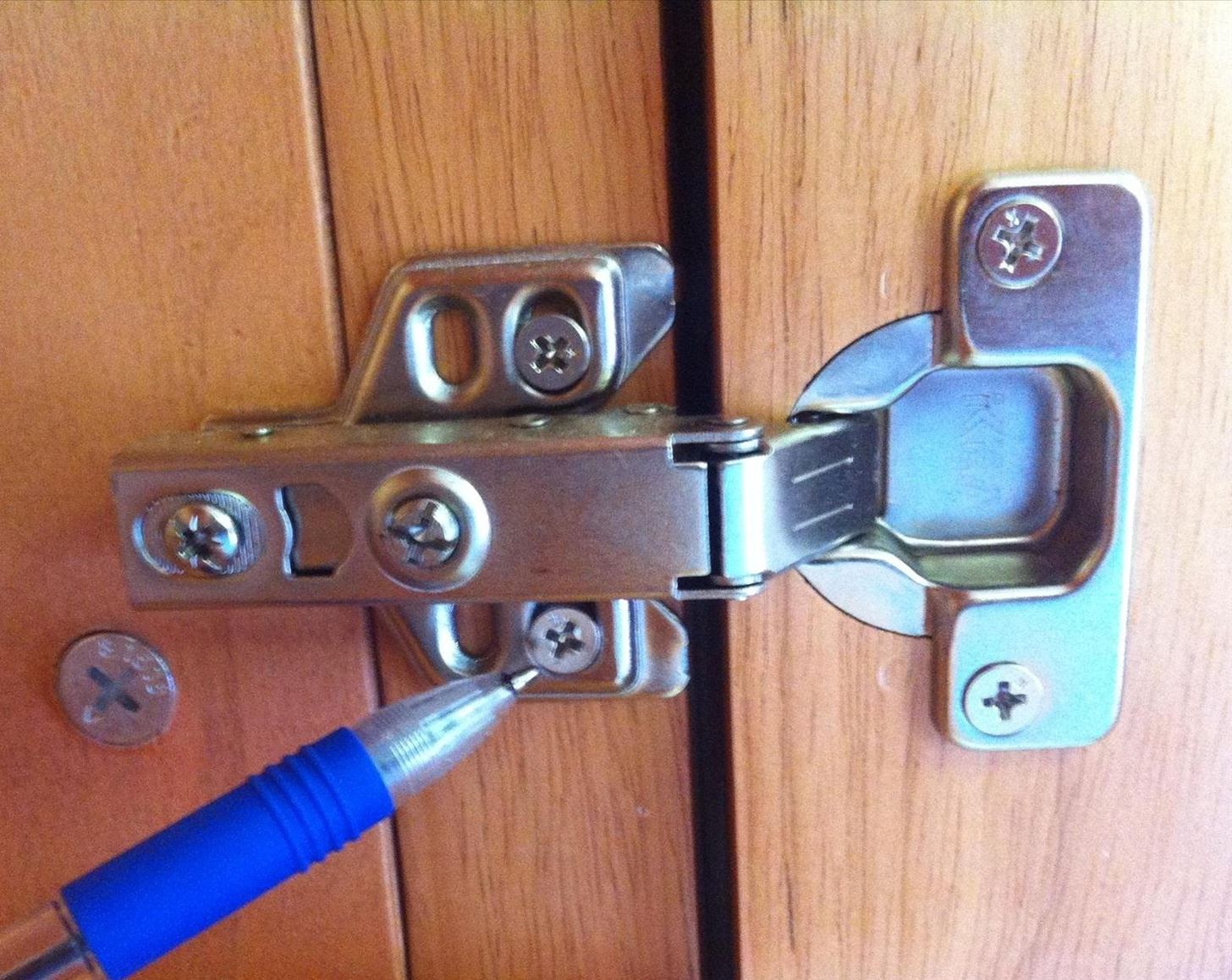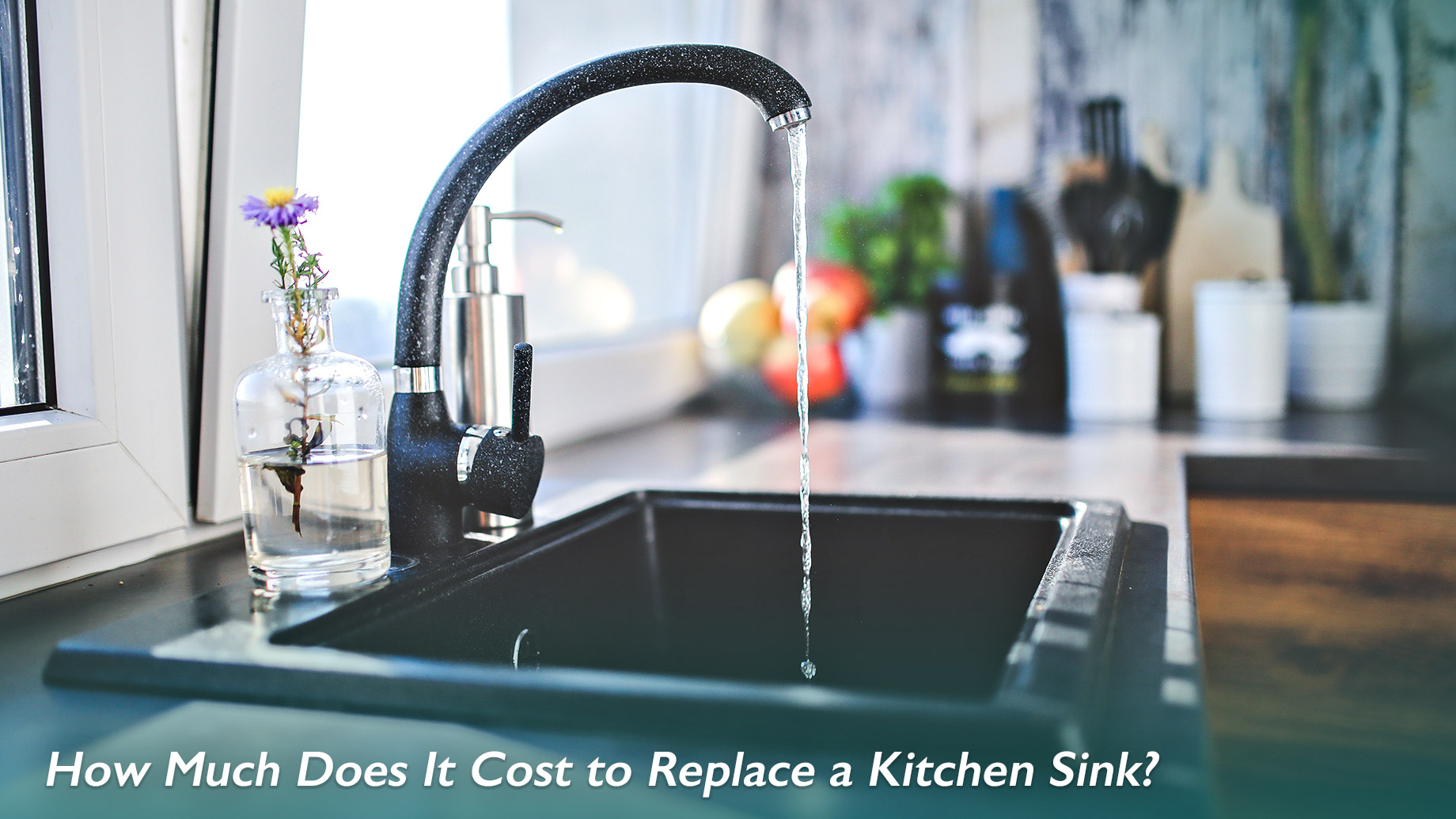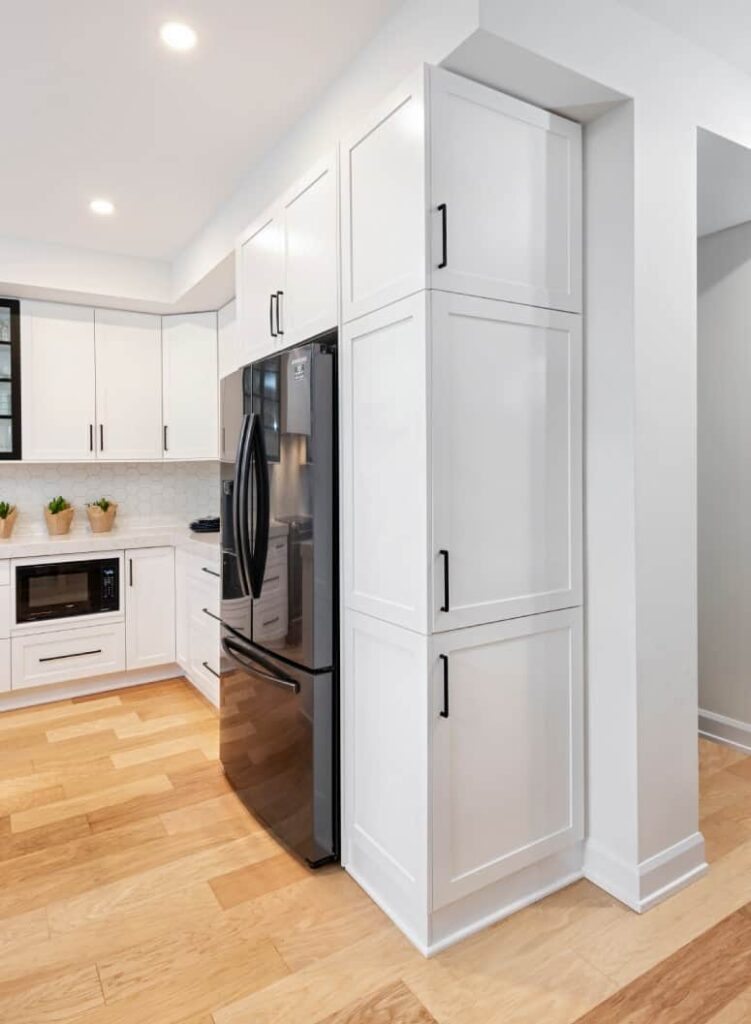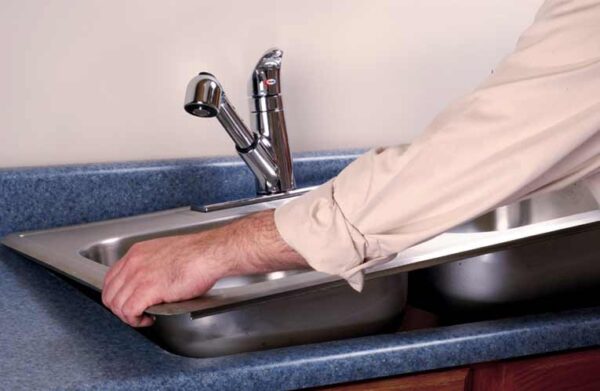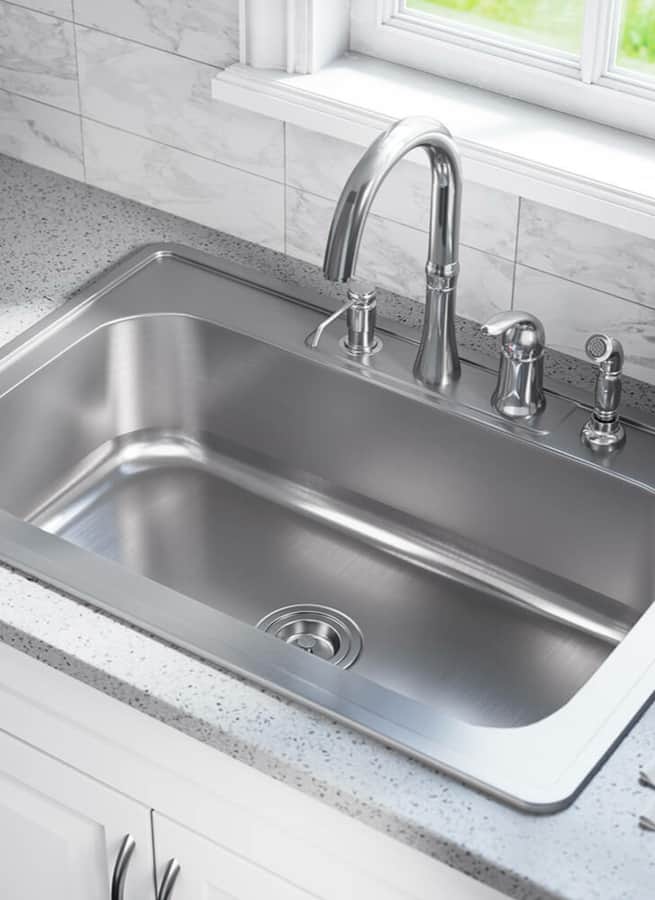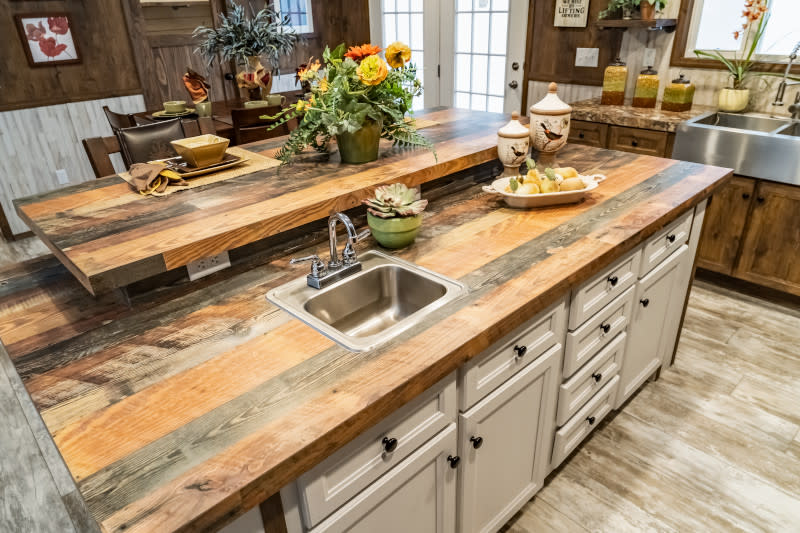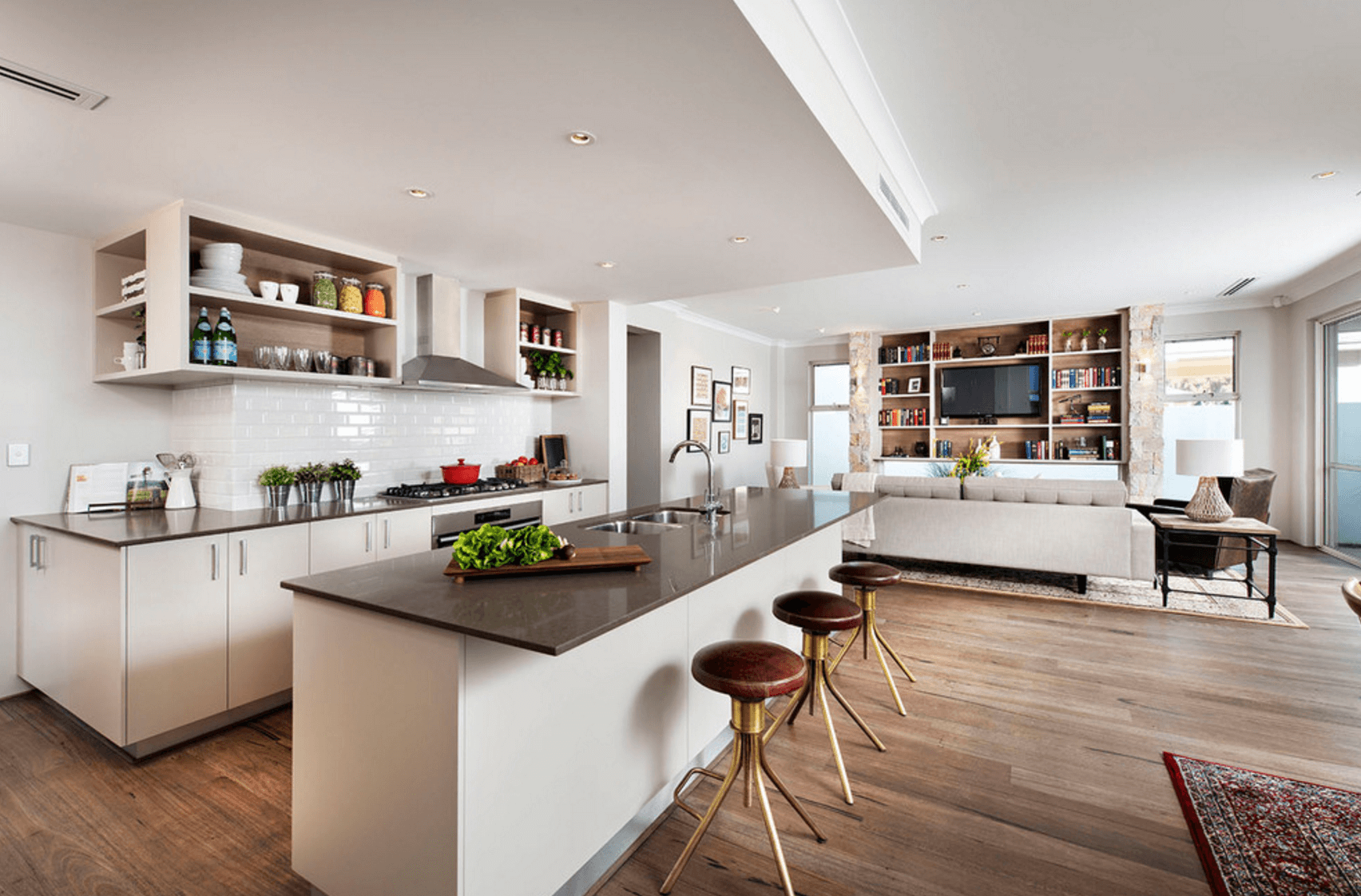If you've noticed that your kitchen sink isn't sitting flush against the countertop, it can be a frustrating and unsightly problem. Not only does it look unprofessional, but it can also lead to water leakage and other issues if left unfixed. Luckily, there are several steps you can take to fix this issue and get your sink looking and functioning like new. Here's how to fix a kitchen sink that won't sit flush.How to Fix a Kitchen Sink That Won't Sit Flush
Before diving into the steps for fixing a kitchen sink that won't sit flush, it's important to first troubleshoot the issue. This will help you identify the root cause of the problem and determine the best course of action. Some common reasons for a sink not sitting flush include incorrect installation, uneven countertops, and warped sink materials. By identifying the cause, you can save time and effort in finding a solution.Troubleshooting Common Kitchen Sink Issues
If you're installing a new kitchen sink, it's essential to follow the proper steps to ensure it sits flush against the countertop. This includes making sure the sink is centered and level, using the correct adhesive, and allowing enough time for it to dry before using the sink. Additionally, it's important to double-check the measurements and make any necessary adjustments before installing the sink to avoid future issues.Tips for Installing a Kitchen Sink
As mentioned, there are several reasons why a kitchen sink may not sit flush against the countertop. One common cause is an uneven countertop, which can be caused by settling or shifting of the foundation. Another cause could be warped or damaged sink materials, such as a bent rim or uneven edges. It's also possible that the sink was not installed correctly, leading to gaps between the sink and countertop.Common Causes of a Kitchen Sink Not Sitting Flush
If the issue is due to an uneven countertop, you can try adjusting the sink to sit flush. This can be done by loosening the mounting clips and using shims or wedges to level out the sink. Once the sink is level, tighten the mounting clips to secure it in place. However, if the sink is still not sitting flush, it may be necessary to replace the countertop or seek professional help.How to Adjust a Kitchen Sink to Sit Flush
If you're planning to fix the sink yourself, there are a few tools you'll need to have on hand. These include a level, shims or wedges, a screwdriver, and possibly a caulking gun and adhesive depending on the issue. Having these tools ready will make the process much smoother and more efficient.Tools You'll Need to Fix a Kitchen Sink That Won't Sit Flush
If the sink is beyond repair or the issue persists after attempting to fix it, it may be necessary to replace the sink entirely. This can be a more involved process, as it involves removing the old sink, cleaning the area, and installing the new sink. It's important to follow the manufacturer's instructions and use the correct adhesive to ensure the sink sits flush against the countertop.How to Replace a Kitchen Sink That Won't Sit Flush
When it comes to installing a kitchen sink, there are a few common mistakes that can lead to a sink not sitting flush. These include incorrect measurements, using the wrong adhesive, and not allowing enough time for the adhesive to dry. It's essential to take the time to properly measure and prepare the area before installing the sink to avoid these mistakes.Common Mistakes When Installing a Kitchen Sink
Leveling a kitchen sink is crucial for ensuring it sits flush against the countertop. To do this, you'll need a level and shims or wedges. Start by placing the level on top of the sink and adjusting the shims or wedges until the sink is level. Once the sink is level, check to ensure it is centered and then tighten the mounting clips to secure it in place.How to Level a Kitchen Sink
If you're unable to fix the sink yourself or are unsure of the issue, it's best to seek professional help. A plumber or contractor can assess the situation and provide a solution, whether it be repairing the sink or replacing it altogether. While this may come at a cost, it can save you time and potential headaches in the long run. In conclusion, a kitchen sink that won't sit flush can be a frustrating problem, but it's not an impossible one to fix. By following these tips and troubleshooting the issue, you can get your sink looking and functioning like new in no time. Remember to take the necessary precautions and seek professional help if needed for a seamless and successful fix.Professional Help for a Kitchen Sink That Won't Sit Flush
Why Your Kitchen Sink Won't Sit Flush: Common Issues and Solutions
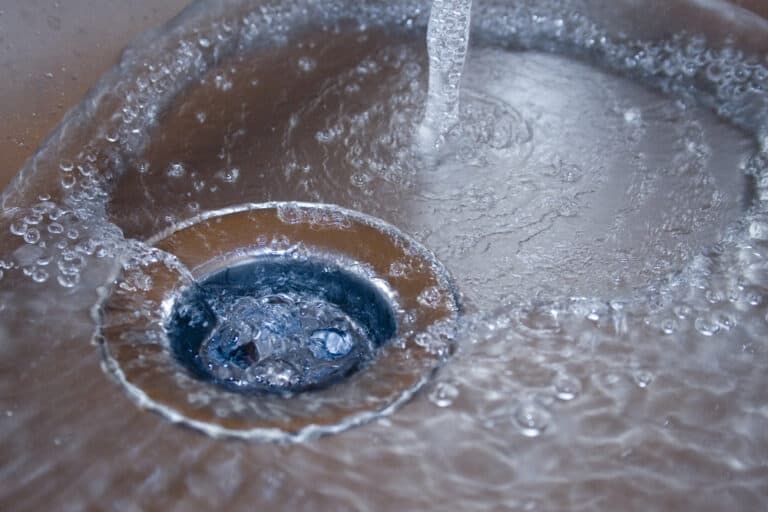
Introduction
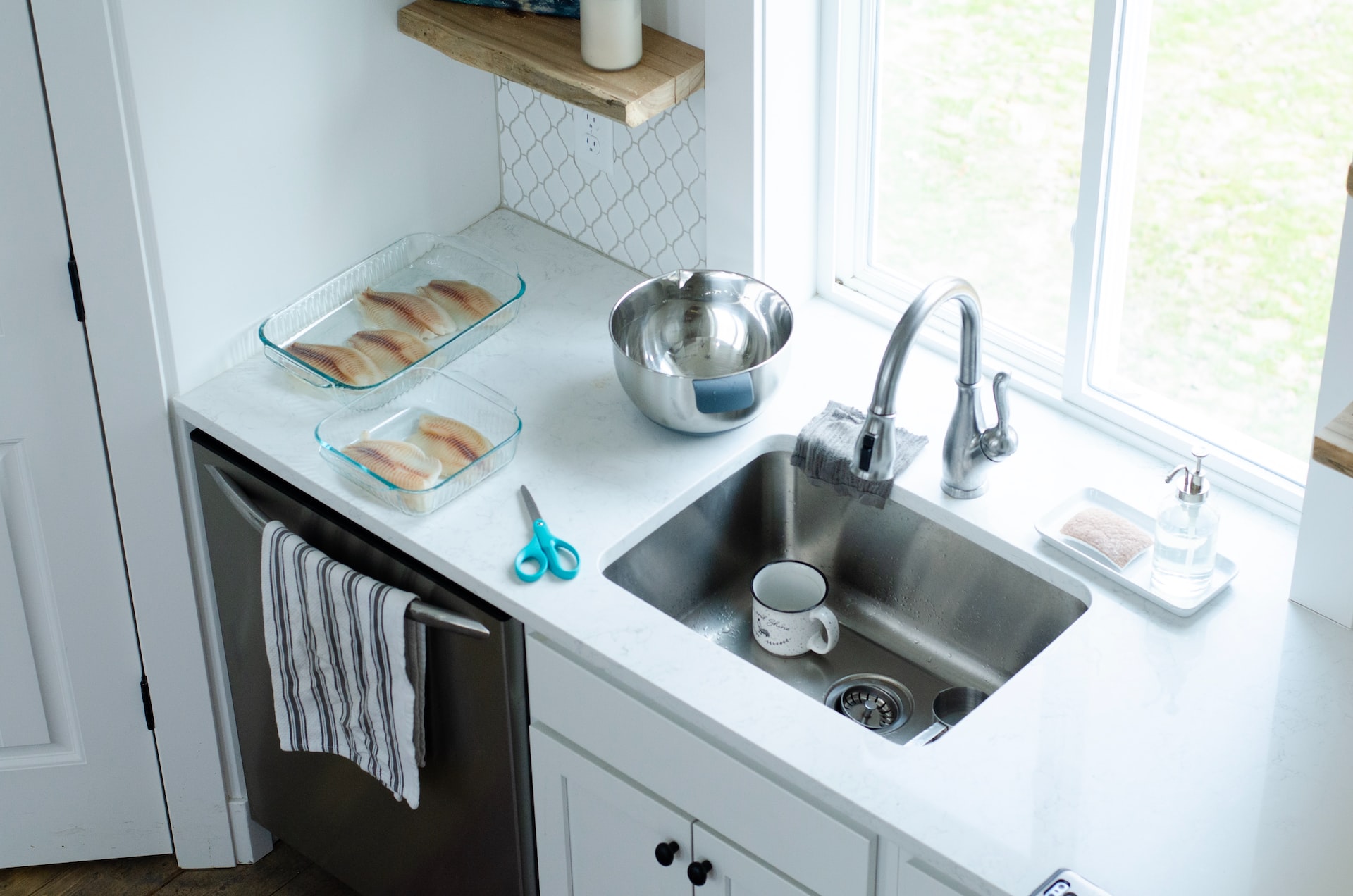 The kitchen sink is one of the most essential features of any home. It serves as a place for food preparation, washing dishes, and even a spot for social gatherings. However, despite its importance, many homeowners face the frustrating issue of their kitchen sink not sitting flush on their countertops. This not only creates an unsightly gap, but it can also lead to leaks and other problems. So why does this happen and what can be done about it? In this article, we will explore the common issues that cause a kitchen sink to not sit flush and provide solutions to help you achieve a seamless and functional kitchen design.
The kitchen sink is one of the most essential features of any home. It serves as a place for food preparation, washing dishes, and even a spot for social gatherings. However, despite its importance, many homeowners face the frustrating issue of their kitchen sink not sitting flush on their countertops. This not only creates an unsightly gap, but it can also lead to leaks and other problems. So why does this happen and what can be done about it? In this article, we will explore the common issues that cause a kitchen sink to not sit flush and provide solutions to help you achieve a seamless and functional kitchen design.
Improper Installation
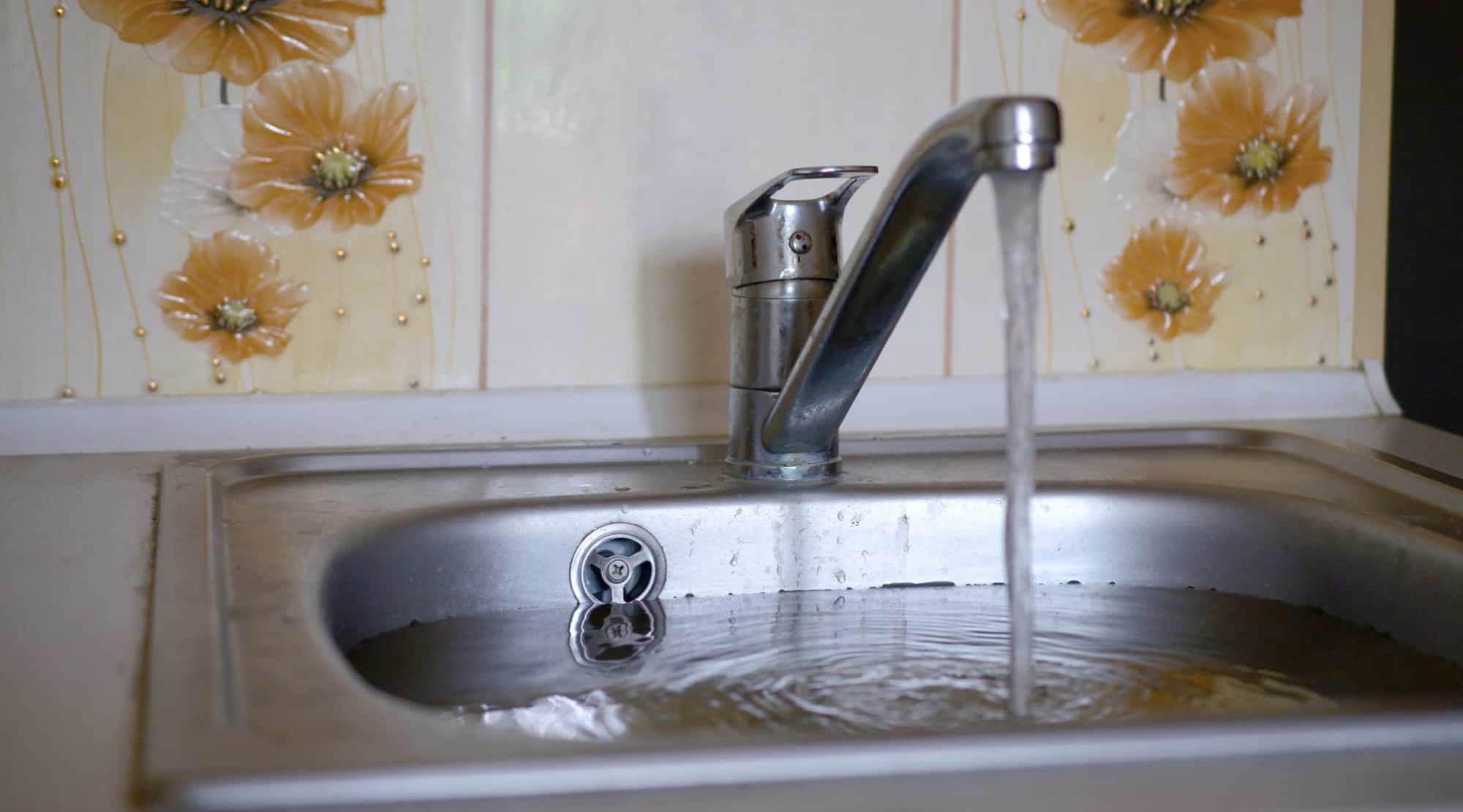 One of the main reasons why your kitchen sink may not be sitting flush is due to improper installation. During the installation process, the sink must be secured to the countertop using clips or brackets to ensure it stays in place. If these are not installed correctly or are missing altogether, the sink may not sit flush. Another issue could be that the sink was not properly centered or leveled during installation, causing it to sit at an angle.
Solution:
If you suspect that your sink was not installed properly, it is best to call a professional plumber to assess the situation. They will be able to properly secure and level the sink to ensure a flush fit.
One of the main reasons why your kitchen sink may not be sitting flush is due to improper installation. During the installation process, the sink must be secured to the countertop using clips or brackets to ensure it stays in place. If these are not installed correctly or are missing altogether, the sink may not sit flush. Another issue could be that the sink was not properly centered or leveled during installation, causing it to sit at an angle.
Solution:
If you suspect that your sink was not installed properly, it is best to call a professional plumber to assess the situation. They will be able to properly secure and level the sink to ensure a flush fit.
Uneven Countertops
 Another common issue that can cause a kitchen sink to not sit flush is uneven countertops. Over time, countertops can shift and settle, creating gaps and uneven surfaces. This can also be caused by using heavy objects, such as large pots and pans, on one side of the sink more than the other.
Solution:
To fix this issue, you may need to hire a professional to level and resurface your countertops. This will not only help your sink sit flush, but it will also improve the overall appearance of your kitchen.
Another common issue that can cause a kitchen sink to not sit flush is uneven countertops. Over time, countertops can shift and settle, creating gaps and uneven surfaces. This can also be caused by using heavy objects, such as large pots and pans, on one side of the sink more than the other.
Solution:
To fix this issue, you may need to hire a professional to level and resurface your countertops. This will not only help your sink sit flush, but it will also improve the overall appearance of your kitchen.
Incorrect Sink Size
 It is crucial to choose the right size sink for your countertop. If the sink is too big, it will not fit properly and may cause gaps between the sink and the countertop. On the other hand, if the sink is too small, it may not cover the entire cutout, leaving an unsightly gap.
Solution:
Before purchasing a new sink, make sure to measure the cutout in your countertop and compare it to the sink's dimensions. If you already have a sink that is not the correct size, you may need to replace it with one that fits properly.
It is crucial to choose the right size sink for your countertop. If the sink is too big, it will not fit properly and may cause gaps between the sink and the countertop. On the other hand, if the sink is too small, it may not cover the entire cutout, leaving an unsightly gap.
Solution:
Before purchasing a new sink, make sure to measure the cutout in your countertop and compare it to the sink's dimensions. If you already have a sink that is not the correct size, you may need to replace it with one that fits properly.
Conclusion
 A kitchen sink that won't sit flush may seem like a minor inconvenience, but it can lead to bigger issues if not addressed. By understanding the common causes and solutions, you can ensure that your sink fits seamlessly into your kitchen design. Whether it's an installation issue, uneven countertops, or the wrong sink size, there are ways to fix the problem and achieve a beautiful and functional kitchen. Remember, when in doubt, it is always best to consult a professional for proper installation and repairs.
A kitchen sink that won't sit flush may seem like a minor inconvenience, but it can lead to bigger issues if not addressed. By understanding the common causes and solutions, you can ensure that your sink fits seamlessly into your kitchen design. Whether it's an installation issue, uneven countertops, or the wrong sink size, there are ways to fix the problem and achieve a beautiful and functional kitchen. Remember, when in doubt, it is always best to consult a professional for proper installation and repairs.















